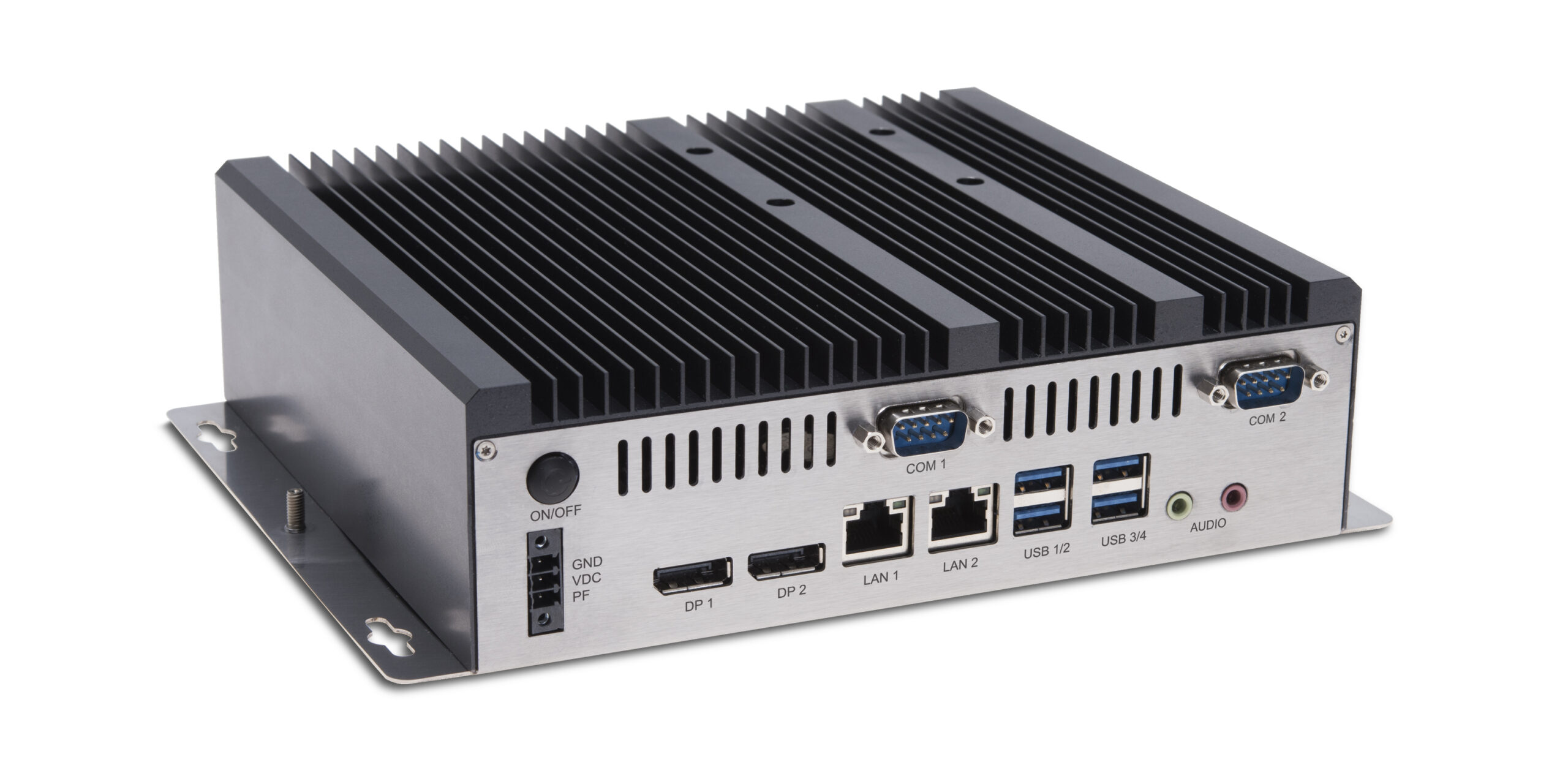Technology
Industrial PC: All You Need to Know About It

So far in history, there have been three industrial revolutions which define the factories we know today. The first and second industrial revolutions introduced machines instead of manual labour for production. They built steam engines to transport goods, production lines, electric networks, and telephones to reliably reproduce quality products. The third revolution saw the rise of digitisation where electronic devices were installed in machines, called programmable logic controllers, to control and automate these machines’ operation. One can instruct these controllers to carry on a defined set of instructions repeatedly and without human intervention. The advances of computing devices like an industrial PC is leading to the latest industrial revolution, industry 4.0.
There is an ever-increasing demand to optimise production of goods, and manufacturing technologies are adapting themselves to this rising demand. Industrial PCs are the product of such demand.
What are Industrial PCs?
An industrial PC is a computer, much like our personal computers, designed to manage processes in industries. Compared to the logic controllers, which can perform a simple set of instructions, these computers have robust systems to read data from multiple sensors, take decisions based on inputs and communicate this information to multiple devices. They are often connected to industrial machines to automate manufacturing processes and improve output quality without human intervention.
What are their Significant Features?
Industrial computers consist of processors, similar to the ones that we see on our personal computers. Based on the complexity of tasks the PC must handle, various choices are available, from the most powerful Intel’s Core processors to the low powered Atom series ones. They have memory devices like RAM and hard disks to store large amounts of data. These systems come with many communication interfaces like LAN and USB ports for wired data exchange and Wi-Fi and 4G modules for wireless communication.
What Goes into Maintaining Them?
All computers contain processors which generate heat. The processors have an ideal range of temperature at which its performance is optimal. So, cooling systems are employed to keep these devices in their ideal temperature range. Installing cooling fans is one method used to keep processors at their ideal temperature. However, there are several issues with the usage of cooling fans:
- Cooling fans need vents to dissipate hot air and draw cold ambient air.
- They contain moving parts, which can get damaged over the continuous operation.
- Fans generate noise, hence cannot be used in a situation where a silent operation is necessary.
These limitations have led to the development of fanless computers, which have aluminium enclosures that seal the PC from harsh external environments and take away heat from the processor. The enclosures have fins which dissipate heat to the air surrounding them. As a result, fanless PCs are waterproof and dustproof, and one may use it for applications that create extreme temperatures.
Where are they Used?
Industrial PCs are mainly used to build systems to automate technical operations in a factory. One can use them in remote data acquisition systems, even in harsh environments where human observation is impossible. These computers can automate quality assurance processes like inspection and packaging. Also, embedded systems are an essential component of self-driving cars and robots. They also automate material movement in factories.
Industrial PCs pack the power to replace human intervention in a small, rugged package while embodying the capabilities and contributing significantly to the industry 4.0 technology.














